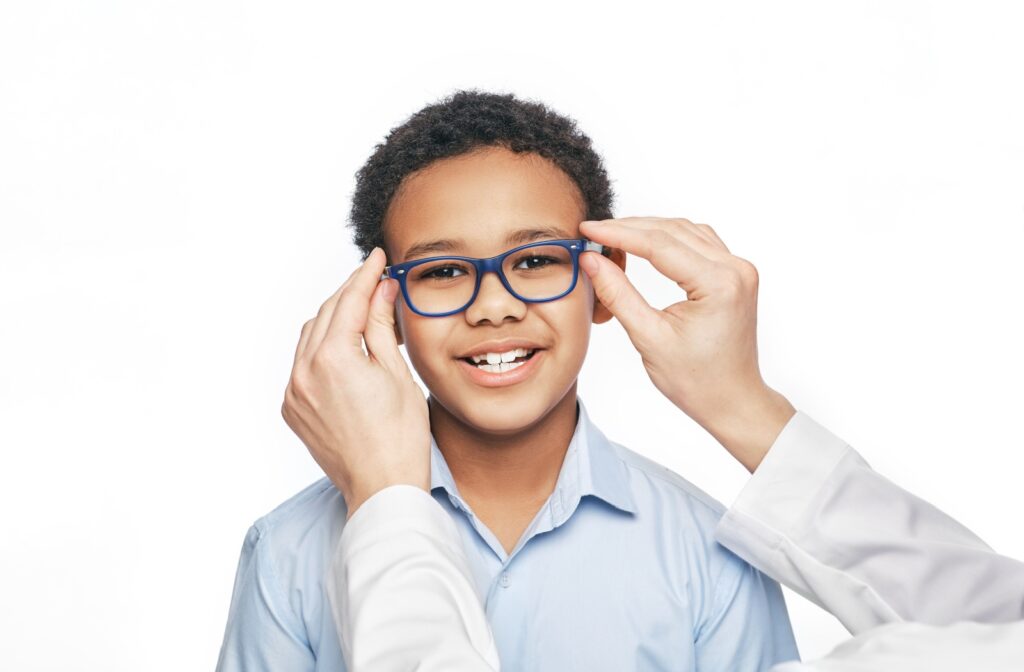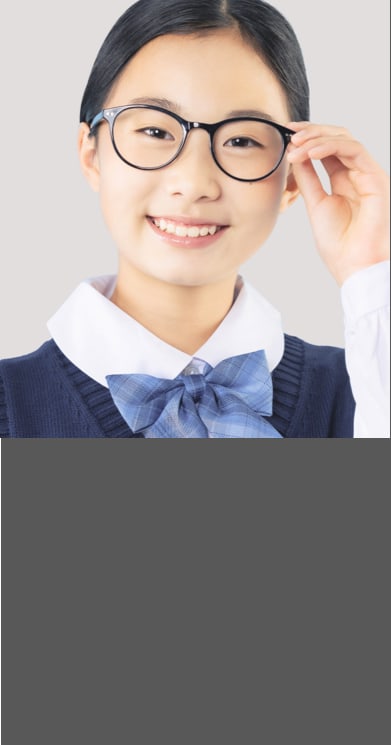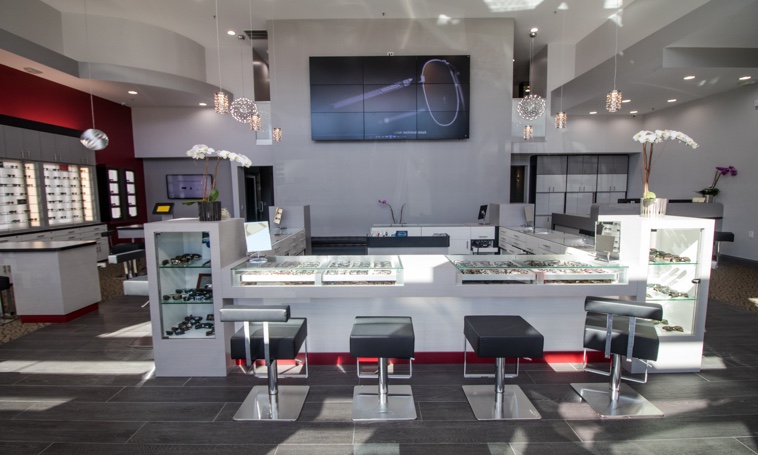The gift of vision is a crucial thing. However, that doesn’t mean that everybody will always see clearly. Plenty of refractive errors, like myopia and hyperopia, can develop early on and lead to all kinds of vision problems. However, many people find themselves wondering—can you have more than one of these conditions at once? Can you be both nearsighted and farsighted?
It is technically possible to be both nearsighted and farsighted, but not in the same eye. This is a condition called anisometropia, but it’s relatively rare; it’s expected that between 20-30% of people with nearsightedness or farsightedness experience anisometropia.
What Are Refractive Errors?
To see clearly, your eye needs to refract light properly. Light enters the eye through the clear, dome-shaped tissue (the cornea) at the front, where it is bent on its way to the retina. This system relies heavily on the eye being properly shaped; there needs to be a certain distance between the natural lens and the retina so that light can be focused as needed.
However, this isn’t always what happens. Many people experience abnormal growth of their eyes during childhood. The eye can grow too long, too wide, or even so that the cornea is improperly curved. These conditions, called refractive errors, change how light enters the eye. Rather than receiving a clear image, you see blurriness and distortion at different distances.
There are several different types of refractive errors, but the most common include myopia and hyperopia.
What Is Myopia?
Myopia, also known as nearsightedness, is the most common refractive error. This condition usually develops in early childhood and causes one of two possibilities:
- The eye grows too long
- The cornea grows too steep
In both cases, light refracts too much as it enters the eye. The rays focus in front of the retina rather than on it, and objects get blurrier the further they are from your eye. Fortunately, myopia can easily be corrected with a pair of eyeglasses or contact lenses.
What Is Hyperopia?
Hyperopia, also known as farsightedness, is another common refractive error. This condition leads to either:
- The eye growing wider than it is long
- The cornea being too flat
Either of these possibilities causes light rays to converge behind the retina rather than on it. While distant objects remain clear, they become harder to focus on when closer to the eye. If left untreated, hyperopia can lead to other developmental eye conditions as the brain tries to focus on nearby objects.
What Is Anisometropia?
Usually, both of a person’s eyes have a similar prescription. While there may be minor variance in refractive power (how well the eye sees), your vision should be similar in both eyes.
However, this isn’t always the case. Sometimes, one eye is significantly stronger than the other. Other times, one eye develops to see clearly at a distance, while the other has myopia. In most situations where there’s a significant difference in refractive power between the eyes, this imbalance is called anisometropia.
The Types of Anisometropia
There are 3 types of anisometropia:
- Simple, where one eye is normal and the other has a refractive error
- Compound, where both eyes have a refractive error but one has noticeably worse vision
- Mixed, where each eye has a different refractive error
It’s possible to have both myopia and hyperopia simultaneously due to mixed anisometropia. However, it’s important to remember that refractive errors are closely linked with the shape of your eye. Because of this, it’s impossible to have both myopia and hyperopia in the same eye.

How to Identify Anisometropia
Anisometropia can be a persistent condition, but it doesn’t have to mean lifelong problems. If you learn the signs of vision problems, you can step in to get yourself—or, perhaps, more importantly, your child—the care that is needed.
Keep an eye out for:
- Frequent complaints of headaches, especially after activities like reading, writing, or using a computer
- Squinting or closing one eye to see better
- Complaints about blurry vision or double vision
- Tilting or turning the head to use one eye more than the other
- Rubbing eyes frequently, especially while trying to concentrate
If you notice any signs that your child is favoring one eye over the other, it could be a sign that they’re dealing with some kind of refractive error. Prompt treatment is essential; this condition can lead to long-term vision problems if you leave it unaddressed.
So if you think your child is experiencing a problem with their vision, it’s time to visit the optometrist for a children’s eye exam.
When to See an Optometrist
Refractive errors can be frustrating, but there’s no need for a child to suffer poor vision. Instead, come talk to our team here at Golden Vision Optometry! We can examine your child’s eyes to determine if they’re dealing with a problem like myopia, hyperopia, or anisometropia.
Book an appointment with us today, and let’s work together to give your child the gift of clear vision.












